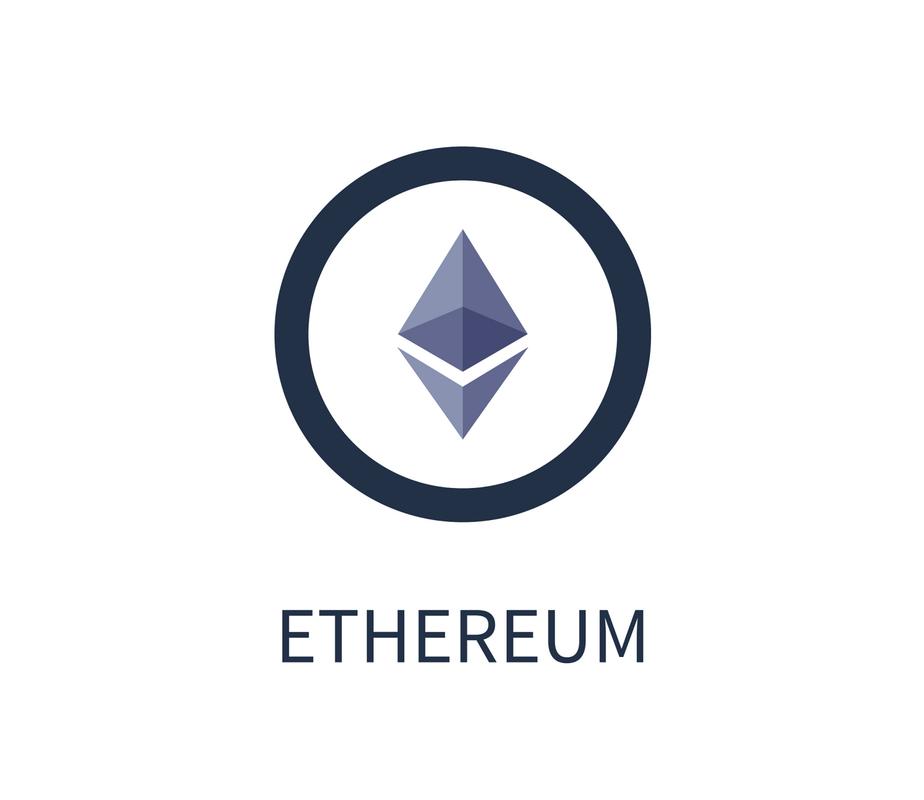
Understanding Ethereum (ETH): A Comprehensive Guide
Ethereum, often abbreviated as ETH, is a groundbreaking blockchain platform that has revolutionized the way we think about digital currencies and decentralized applications. In this detailed guide, we will delve into the various aspects of Ethereum, exploring its origins, features, use cases, and future prospects.
Origins and Evolution
Launched in 2015, Ethereum was conceptualized by Vitalik Buterin, a Russian-Canadian programmer, with the aim of creating a platform that could support smart contracts and decentralized applications. The platform was initially funded through an initial coin offering (ICO), which allowed it to raise significant capital to develop its technology.

| Year | Event |
|---|---|
| 2013-2014 | Conceptualization of Ethereum |
| 2014 | ICO crowdfunding begins |
| 2015 | Ethereum Main Network launch |
| 2016 | Development of Ethereum 2.0 begins |
Key Features of Ethereum
Ethereum boasts several key features that set it apart from other blockchain platforms:
-
Smart Contracts: These are self-executing contracts with the terms of the agreement directly written into lines of code. They automatically enforce and execute the terms of an agreement, eliminating the need for intermediaries.
-
Decentralized Applications (DApps): Ethereum allows developers to create and deploy decentralized applications that run on its blockchain. These applications are resistant to censorship and control, as they are not hosted on a single server.
-
Tokenization: Ethereum supports the creation of digital tokens, which can represent ownership, access, or utility within a specific ecosystem.

-
Gas: Ethereum uses a concept called “gas” to measure the cost of executing transactions and running smart contracts. Users must pay gas fees in ETH to cover the computational resources used.
Use Cases of Ethereum
Ethereum has a wide range of applications across various industries:
-
Finance: Ethereum has become a popular platform for decentralized finance (DeFi) applications, including decentralized exchanges, lending platforms, and stablecoins.
-
Art and Collectibles: Non-fungible tokens (NFTs) have gained significant traction on Ethereum, allowing artists and creators to tokenize their work and sell it directly to collectors.
-
Supply Chain: Ethereum can be used to create transparent and immutable supply chain solutions, ensuring the authenticity and traceability of products.
-
Healthcare: Ethereum can be used to securely store and share patient records, improving privacy and reducing the risk of data breaches.
Future Prospects
The Ethereum ecosystem is continuously evolving, with several ongoing projects and developments:
-
Ethereum 2.0: This is a major upgrade to the Ethereum network, aimed at improving scalability, security, and sustainability. The upgrade involves transitioning from a proof-of-work (PoW) consensus mechanism to a proof-of-stake (PoS) mechanism.
-
Layer 2 Solutions: These are secondary layers built on top of the Ethereum network, designed to improve scalability and reduce transaction costs. Examples include Optimism, Arbitrum, and zkRollups.
-
Interoperability: Efforts are being made to enhance interoperability between Ethereum and other blockchain platforms, allowing for seamless cross-chain transactions and interactions.
Conclusion
Ethereum has emerged as a leading blockchain platform, offering a wide range of features and applications. As the ecosystem continues to evolve, we can expect to see even more innovative use cases and advancements in the future.



